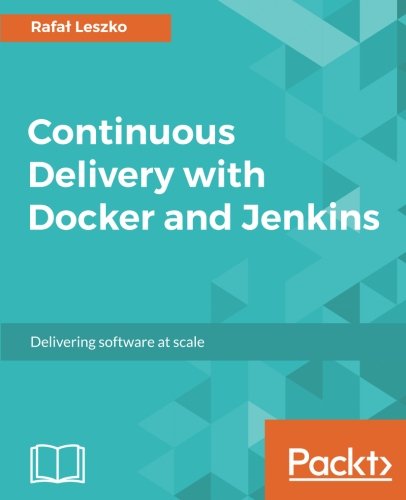; Date: Sun Apr 30 2006
Tags: OpenJDK »»»»
The Java Posse gang just posted
Interview with Graeme Rocher of Grails which serves as a great introduction and/or overview of both Groovy and Grails (a.k.a. Groovy on Rails). I've used Groovy just a teensy bit, so I won't go into the language at all. If you want to look further, there is groovy and
grails home pages chock full of information.
What I want to do is contrast the state of different dynamic languages.
There are a wide set of the dynamic languages ... and many prognosticators have proclaimed Java would die due to the growth in popularity for these languages. But what's interesting in this story is the various dynamic languages that ride on top of Java, as Groovy does. For a language implementer to ride on top of Java, that gives a strategic advantage the other languages do not have.
Namely ... the rich swath of libraries existing for Java, and the infrastructure such as Java EE and web services that already exist and can be reused by the language author.
I should mention again -- as I've written before -- given the scripting language support in Mustang (the JSR223 javax.script packages), it should become easier for new languages to ride on top of Java.
In any case, in the interview Graeme Rocher makes a good case for the strategic advantage I'm talking about. e.g. in the Groovy/Grails system, they can use the Hibernate persistence engine, and they don't have to invent their own. e.g. they've made sure they can run inside a Java EE container, giving them all the deployability, infrastructure, web and other services, etc, all at a relatively small cost to them.
In comparison the other languages have to reinvent the world in order to bring some feature or infrastructure item into their environment.
Source:
weblogs.java.net










